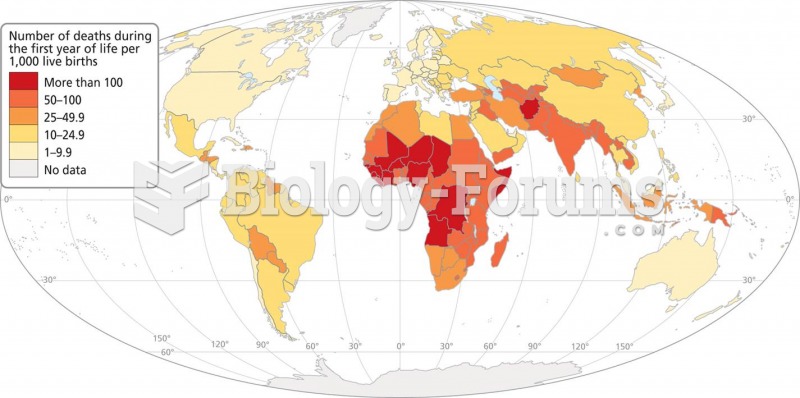The creation of the European Monetary Union in 1999 lowered nominal interest rates in countries like Italy, because:
a. Nations in the European Monetary Union were required to reduce the maturity of their debt issues.
b. Each nation now had a solid currency, and the markets knew that the central banks of these nations could create as much money as necessary to repay government debts.
c. Markets had more confidence in the European Central Bank than they did in the Bank of Italy.
d. All of the above.
e. None of the above.
Question 2
Assume that foreign capital flows from a nation increase due to political uncertainly and increased risk. If the nation has highly mobile international capital markets and a fixed exchange rate system, what happens to the quantity of real loanable funds per time period and net nonreserve international borrowing/lending balance in the context of the Three-Sector-Model?
a. The quantity of real loanable funds per time period falls and net nonreserve international borrowing/lending balance becomes more negative (or less positive).
b. The quantity of real loanable funds per time period rises and net nonreserve international borrowing/lending balance becomes more negative (or less positive).
c. The quantity of real loanable funds per time period falls and net nonreserve international borrowing/lending balance becomes more positive (or less negative).
d. The quantity of real loanable funds per time period and net nonreserve international borrowing/lending balance remain the same.
e. There is not enough information to determine what happens to these two macroeconomic variables.







